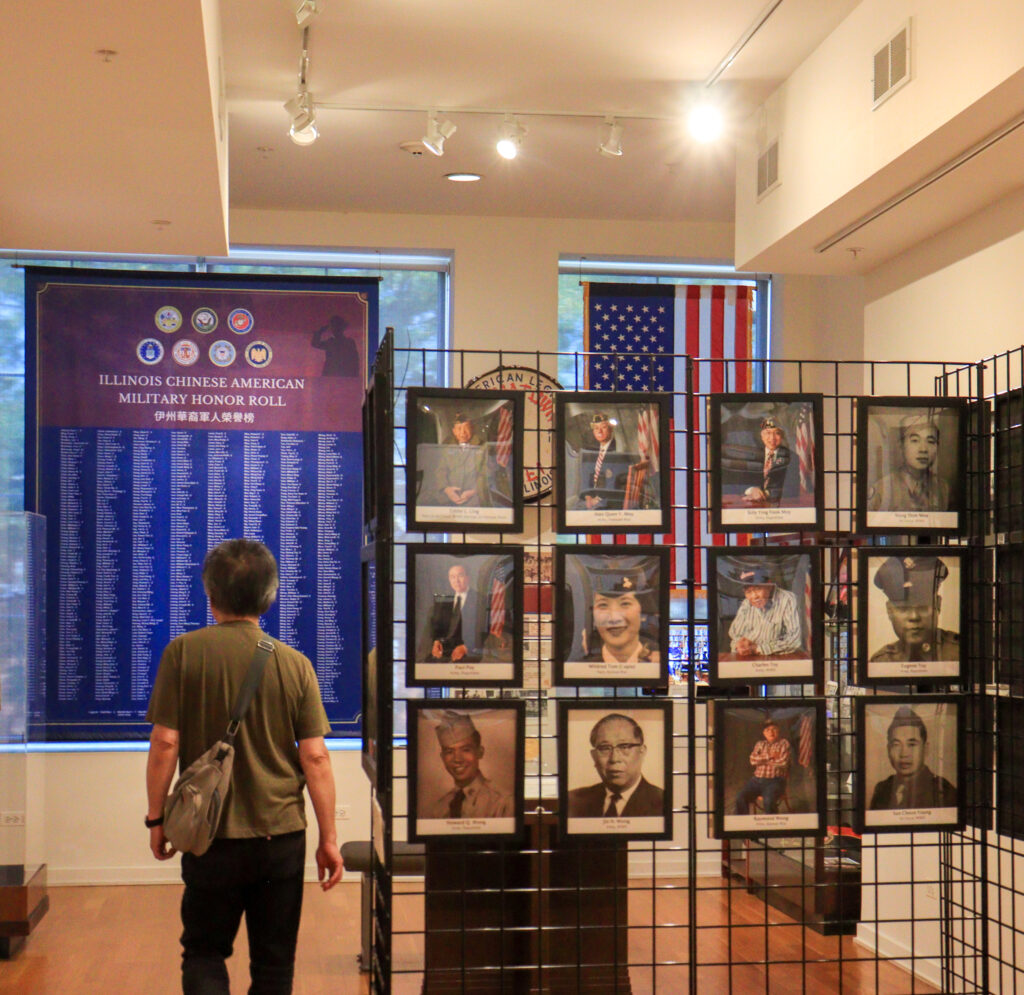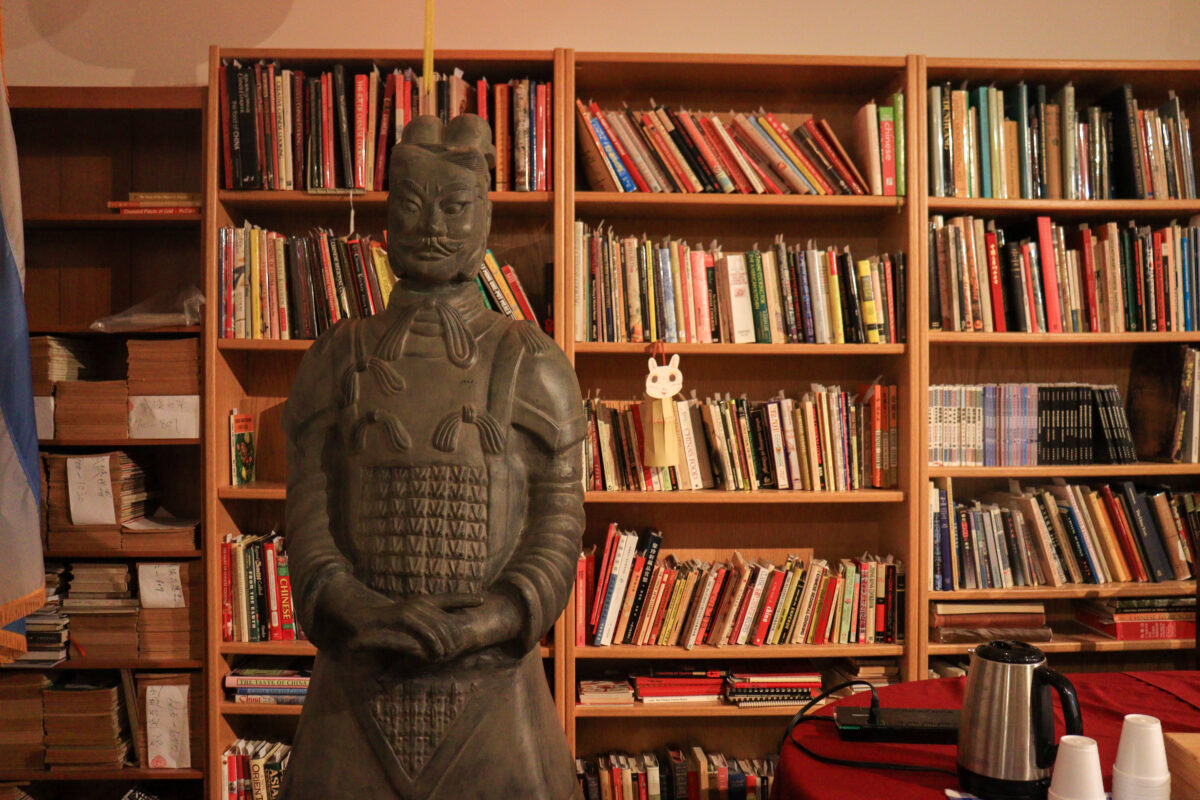In the heart of Chicago’s Chinatown, the Museum of Chinese American History is redefining its role. Once a repository of historical artifacts and personal stories, in 2024, this cherished institution embarked on a transformative journey that merges its documentation of the past with a dynamic, contemporary approach to exhibitions and community engagement.
As the only Chinese American museum in the Midwest, the museum has long been a pillar of cultural preservation since it opened in 2005, dedicated to chronicling the experiences of early Chinese immigrants. Its exhibits have traditionally showcased historical photographs, artifacts, and personal narratives, illuminating both the resilience and challenges faced by these pioneers.
“There’s literally no way that our existence and our stories and our history can ever be known if we didn’t [protect them],” said Caroline Ng, the museum’s new executive director as of 2024. “That’s where the impetus for this museum came from. We are story keepers here.”
Under Ng, a professional curator who joined the museum in January 2024, the institution has undergone a notable shift. Archival displays have gently made space for vibrant, interactive installations designed to spark dialogue and reflection. “We wanted to rethink the space and open it up,” Ng said.
This vision has manifested in a series of innovative events that have rejuvenated the museum’s connection with the community. This year, the museum kicked off its new focus with a spirited picnic during Asian American and Pacific Islander Heritage Month in May, aimed at both celebrating and challenging traditional narratives of Chinese American identity. Artists were invited to reinvent the museum space and transform it from an “ivory tower” into a lively, inclusive venue. The museum also hosted a workshop on creating personal family archives through zines. “I’m … taking the chance to be more engaged with the storytelling part, not just the story keeping,” Ng said.
In June, for the first time, the museum organized workshops during Pride Month, fostering discussions about the queer Asian community. Ng said that during these conversations, “the staff had to pass tissues around.” She acknowledges the challenge: “Even with pride, I was a little bit [hesitant]… I think everybody is on some level open to it, but culturally, there’s a reticence to alienate or embarrass anyone. There are a lot of stories that are uncomfortable [to tell] and very personal and very close to home.”
These exhibitions represent a broader effort to address the tensions between preserving traditional heritage and embracing contemporary narratives. “As much as you want to make sure that you can make space for the new generation, you want the people who have so lovingly put this together and stewarded it to this day to also feel seen,” Ng said.

Looking ahead, the museum is set to continue its innovative approach with upcoming exhibitions. One will explore Chinese trading cards from the 1800s, offering historical insights into racial conceptualization through artifacts. Another planned exhibition will showcase abstract art by contemporary Chinese American artists, juxtaposing internal and external perspectives on identity. “It’s a tension that is part of the immigrant experience for any community,” Ng says.
For many, the Museum of Chinese American History is more than a historical site—it is a vibrant part of the community, navigating the complexities of representing diverse generations and identities. As it continues to honor the past while embracing the future, the museum is creating a space where history, art, and contemporary conversations about race and culture converge, ensuring that both heritage and innovation are celebrated.
Chinese American Museum of Chicago, 238 W 23rd St,. Wednesdays and Fridays, 9:30am–5pm; weekends 10am–5pm; closed Mondays, Tuesdays, and Thursdays. (312) 949-1000, ccamuseum.org.

